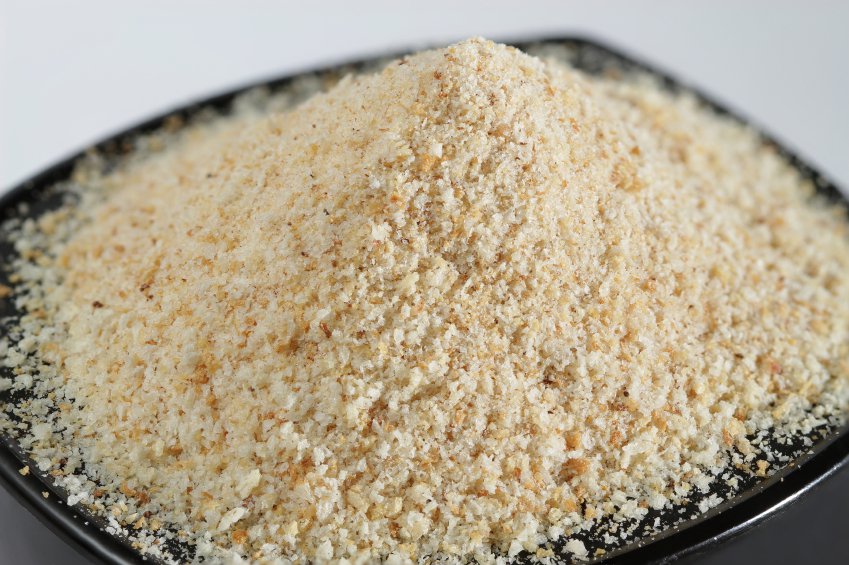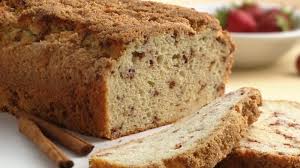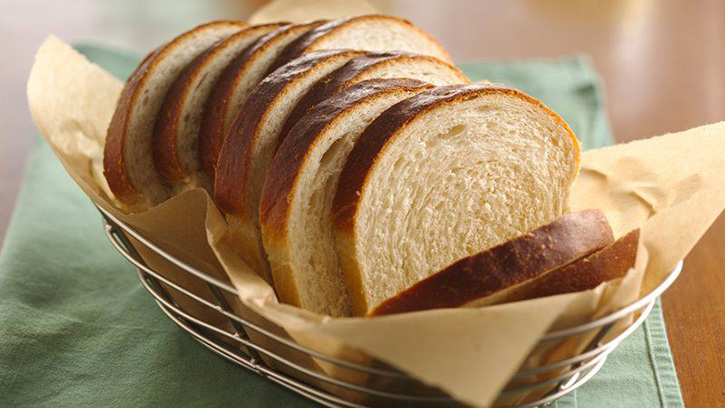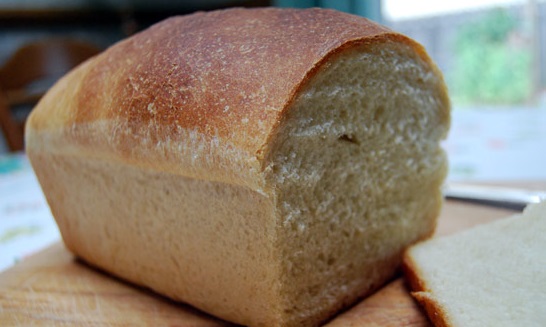There are many reasons why you might want to avoid consuming dairy products. Perhaps you’re a vegan who avoids consuming all foods that come from animals, are on a special diary-free diet, have a milk allergy or are lactose intolerant. Whatever the reason, the first step to having a dairy-free diet is to figure out what foods have dairy. One common food that you might need to look at closely is bread. Does it have dairy?
Does Bread Have Dairy?
Unfortunately, many kinds of bread contain dairy. In order to avoid dairy while still enjoying bread, you’ll need to look carefully at the ingredients. While milk may not be a specific ingredient, it’s very possible milk byproducts are listed. One shortcut is to look for bread that’s labeled “dairy-free”.
Some common examples of bread containing dairy include:
1. Prepared Bread Crumbs
 These are commonly made with milk or milk byproducts, such as whey, butterfat or casein. Luckily, there are several easy substitutes that truly are dairy-free. To avoid dairy, make your own bread crumbs by crumbling up dairy-free bread, or using panko.
These are commonly made with milk or milk byproducts, such as whey, butterfat or casein. Luckily, there are several easy substitutes that truly are dairy-free. To avoid dairy, make your own bread crumbs by crumbling up dairy-free bread, or using panko.
2. Processed Sandwich Bread
 When you ask yourself “does bread have dairy?” chances are you’re thinking about processed sandwich bread. Sure enough, most contain milk products, like casein, whey or nonfat milk power. Sometimes processed sandwich bread will have all the three ingredients.
When you ask yourself “does bread have dairy?” chances are you’re thinking about processed sandwich bread. Sure enough, most contain milk products, like casein, whey or nonfat milk power. Sometimes processed sandwich bread will have all the three ingredients.
3. Quick Bread
 Quick breads don’t contain traditional leavening ingredients, like yeast. Common types of quick bread include banana bread, pancakes and biscuits. If you’ve ever made any of these quick breads, you probably know that they might include milk, butter, whey protein and even nonfat milk powder.
Quick breads don’t contain traditional leavening ingredients, like yeast. Common types of quick bread include banana bread, pancakes and biscuits. If you’ve ever made any of these quick breads, you probably know that they might include milk, butter, whey protein and even nonfat milk powder.
4. Yeast Bread
 These are the most traditional breads. Certain yeast breads, like croissants, can be assumed to have dairy in them. Other types, such as French bread, usually won’t have dairy. Even if they don’t seem to have dairy in it, consider that cooks will sometimes coat the bread pans or brush the top of the loaf with butter.
These are the most traditional breads. Certain yeast breads, like croissants, can be assumed to have dairy in them. Other types, such as French bread, usually won’t have dairy. Even if they don’t seem to have dairy in it, consider that cooks will sometimes coat the bread pans or brush the top of the loaf with butter.
How to Make Dairy-Free Bread at Home
Due to the answer to "does bread have dairy" you may want to make your own dairy-free bread at home.
 Ingredients
Ingredients
- 4 ¼ cups of bread flour
- ½ cup of soy or almond milk
- ½ cup of warm water
- 3 egg yolks
- ½ cup of sugar
- 3 ounces of vegan butter
- 1 tablespoon of vanilla extract
- 2 ½ teaspoons of dry yeast
Directions
- Mix the warm water, ½ cup of bread flour and 2 tablespoons of sugar in a bowl. Once the sugar has dissolved, mix in the yeast and set aside the mixture until it’s frothy (should take about ½ an hour).
- Whisk the egg yolks and milk in a separate bowl. Then add this mixture, along with the rest of the flour and sugar into the frothy yeast made in the first step.
- Evenly mix and knead the dough for 15-20 minutes. Using a mechanical mixer will help.
- While mixing, add the vegan butter in small bits to ensure it is well mixed into the dough. Add the butter slowly over a 10-minute period.
- Once the dough is mixed, cover with plastic wrap and let it rise until doubled in size. This will usually take about 1 hour in a warm location.
- Preheat the oven to 350 degrees Fahrenheit (180 degree Celsius).
- Grease a 9x5x5 bread pan.
- Add the dough to the greased bread pan and set aside until the dough has risen again. The dough should just exceed the lip of the pan.
- Before placing the bread in the oven, lower the temperature to 300 degrees and bake for about 45 to 50 minutes. The bread is done when the top is golden brown. The internal temperature will be at least 200 degrees and the bread will seem hollow when tapped on the top.
- Let the bread cool on a wire rack. Once it is cool, the bread is ready to slice and eat.
How to Avoid Dairy Products
“Does bread have dairy” is only the first question to ask concerning dairy products. Eating a full and healthy diet while avoiding dairy isn’t easy, but it’s certainly possible with the following steps.
1. Avoid Foods with Milk and Cream
This is usually the hardest step since dairy is such a tasty food group! Besides milk, some more common milk or cream-based foods include yogurt, ice cream, custard, whipping cream and coffee creamer.
2. Avoid Butter and Margarine
Most butter and margarine are made with milk, whey and/or casein and all of the ingredients are dairy-based. Butter is essentially processed milk that has been curdled. For vegans, there are animal byproduct-free margarines. For those who are lactose intolerant, butter is generally low in lactose.
3. Be Careful When Eating Cheese
Cheese is made from milk and is a classic form of dairy. However, not all cheeses have the same amount of lactose in them. The more processed and soft a cheese is, the more lactose is usually present. In contrast, harder, aged cheeses usually have less lactose. So those who are lactose intolerant may be able to better enjoy aged cheese.
4. Carefully Read the Labels
Because milk and milk byproducts are common ingredients in seemingly dairy-free foods to improve its taste, you’ll need to see if milk is an ingredient. Per FDA rules, if a form of dairy is present in the food, milk will be listed as one of the ingredients.
Tips for Living Well Without Dairy Products
- Find other methods of getting the nutrients contained in dairy, such as calcium and protein.
- See a doctor or dietician about choosing dairy-free substitutes for foods that contain important nutrients.
- Don’t be afraid to drink non-dairy milk substitutes like soy, rice and almond milk.
- For infants with milk sensitivities or allergies, special formulas are available.